Sometimes the social media help us in unexpected ways.
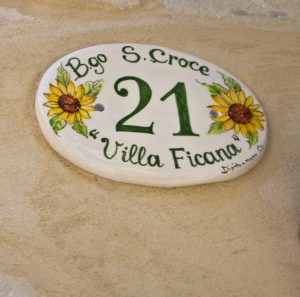 This is the case of Isabelle, who discovered by chance that in our region there is an eco-museum that is welcoming volunteers from all over Europe, thanks to a European project.
This is the case of Isabelle, who discovered by chance that in our region there is an eco-museum that is welcoming volunteers from all over Europe, thanks to a European project.
The museum is called Villa Ficana, and it is situated just outside the city walls of Macerata. The museum consists of a cosy village made only by mud houses.
The visitor centre is ready to give you all the info that you are looking for. Isabelle and Erik (her husband) called it, and the guide, Francisco from Spain, immediately came and guided them through the village.
The village is promoted by one to four volunteers by using workshops, tours and special school activities.
An eco-museum, Francisco explained, is not surrounded by walls, but is instead a chance to discover a traditional living environment. The eco-museum usually has a relevant naturalistic and historical-artistic heritage which can be highlighted through specific routes, educational and research activities in collaboration with the local population, associations and cultural institutions.
Villa Ficana doesn’t seem such a museum from the outside: it is indeed a living village, with people living there all year round. What cannot be seen so easily from a distance, in addition, is also that all the houses are made of clay. Almost all of them are covered with bricks or bezels! But when you get closer, it is easier to spot the straw and the clay.
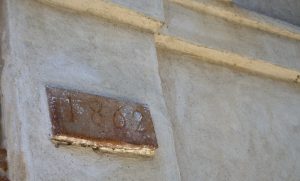 The history of the Ficana district goes back to the 13th century, when the neighbourhood was probably well-known for the prostitution (as many districts outside the city centre used to be). The name indeed may come from the Italian slang word for vagina, or also from the word fico meaning fig. From the land registry of Napoleon between 1800 and 1815 it turned out to be no housing, while in 1874 the 7000 square meter site was largely built up again. The guide showed Isabelle and Erik also a house dated to 1862, most likely the time when clay houses were erected again.
The history of the Ficana district goes back to the 13th century, when the neighbourhood was probably well-known for the prostitution (as many districts outside the city centre used to be). The name indeed may come from the Italian slang word for vagina, or also from the word fico meaning fig. From the land registry of Napoleon between 1800 and 1815 it turned out to be no housing, while in 1874 the 7000 square meter site was largely built up again. The guide showed Isabelle and Erik also a house dated to 1862, most likely the time when clay houses were erected again.
The district was mainly inhabited by the poorest people, the day laborers who offered their services to the richer men. The women used to make a little extra as a weaver or laundress, the children collected wood, dry leaves or animal manure. Most of the houses consisted of two floors: below there was the kitchen with the fireplace, above the bedroom. They often stayed in such a residence with at least 10 people. The bedroom was also not much larger; one bed and that was it ….
In the houses you can still see many objects in use at that time, but here comes a mystery, do you know the use of this object? If you, readers, know, mail us to info@eccolemarche.eu
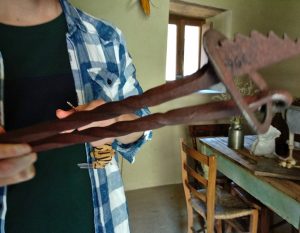
Back to the visitor centre, the wall reveals a relief wall painting, made by paint, straw and terracotta. It is an ex-voto (an object that can be placed in a church as a thank you for a favour granted) from the church of the Madonna of the Misericordia. On 23th August in 1891 the Madonna prevented indeed the fire from spreading further in one of the houses in Villa Ficana. Fires were sadly quite common at that time, because the women often set dry leaves on fire to use the ashes for their washing.
What was once a poor slum and threatened to be destroyed, was fortunately from 2006, with the help of subsidies, restored to a beautiful, cosy neighbourhood!
The tour is totally free, you can support the project by buying souvenirs, realized by the students working in the European project. If the visitor centre is closed, no need to worry, you can take a guided walk with your smartphone in the IZI travel app. Do this with respect for the residents because the neighbourhood is constantly inhabited!
For opening hours consult Facebook or the website where you can also see the photos of what Villa Ficana looked like before the restoration.
Once again a hidden gem in our beautiful region!

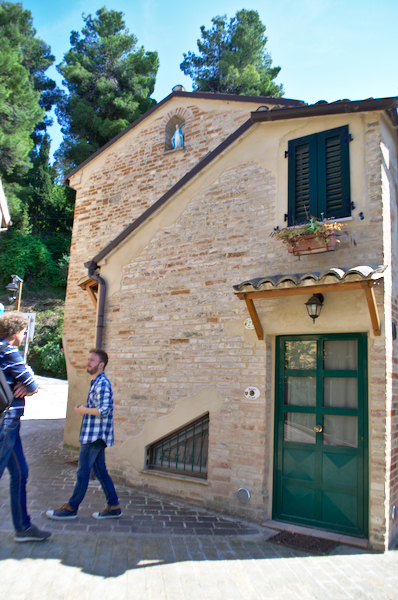

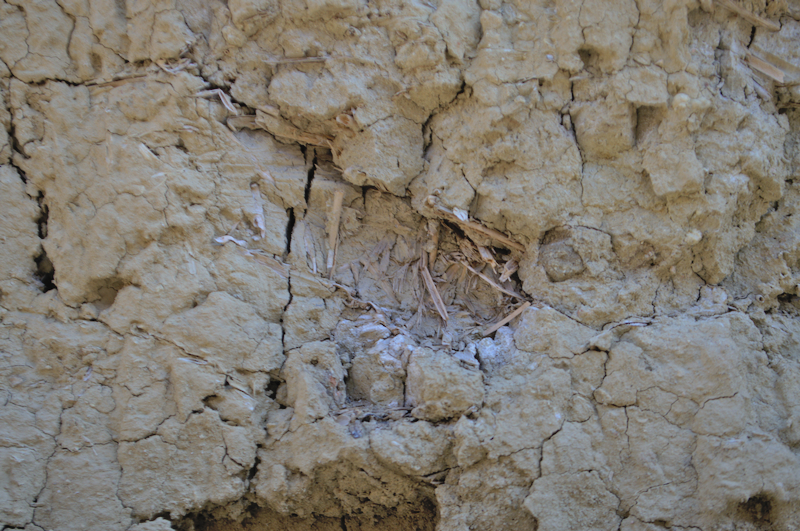
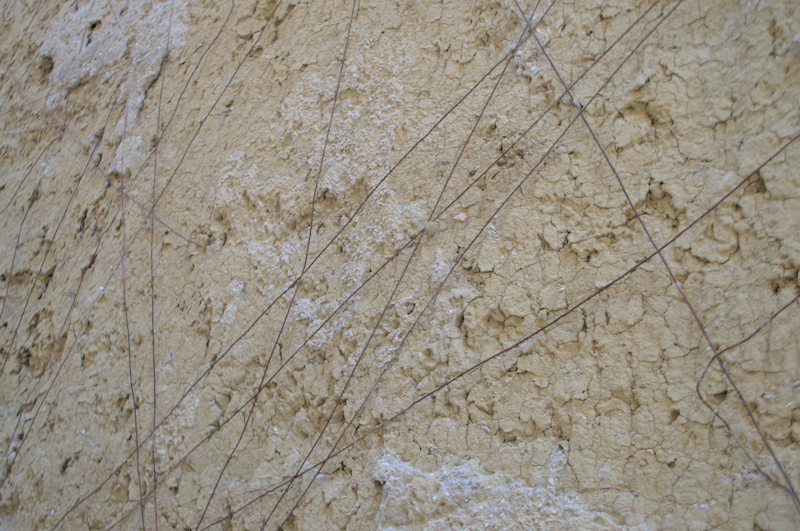

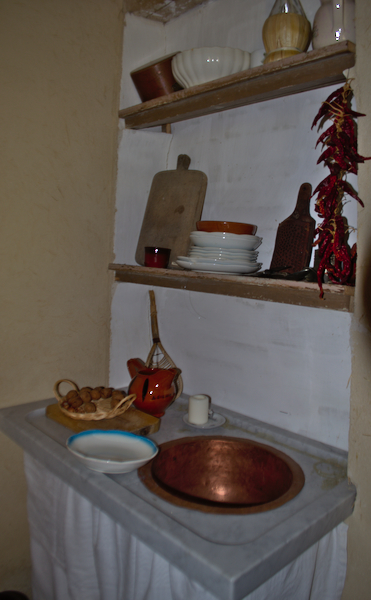
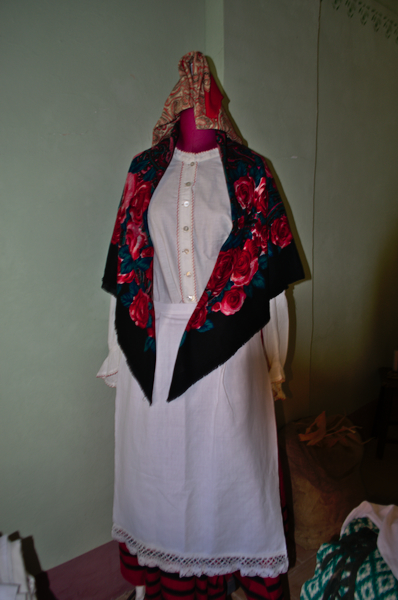

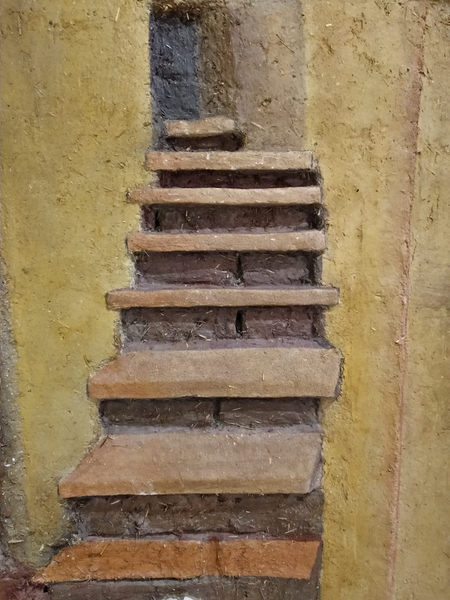
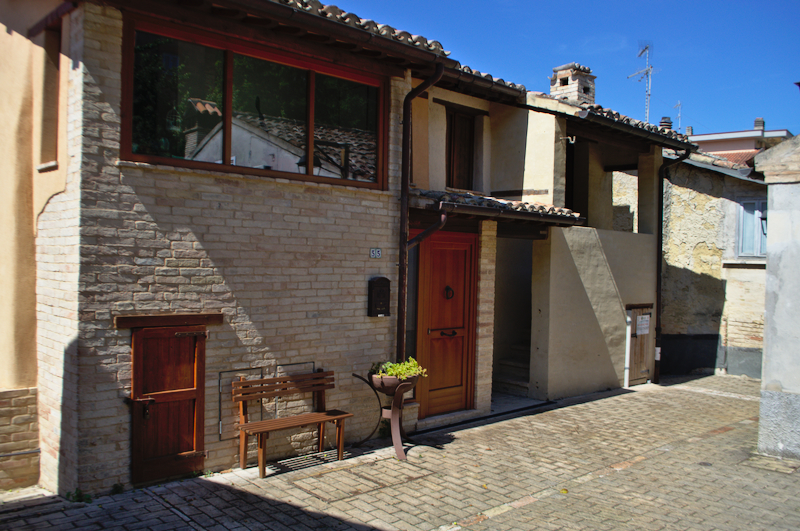
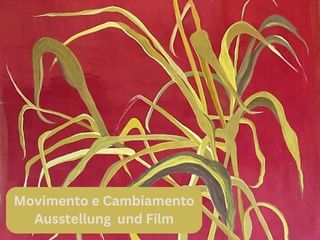
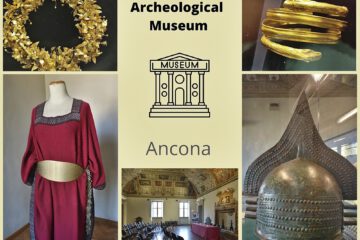
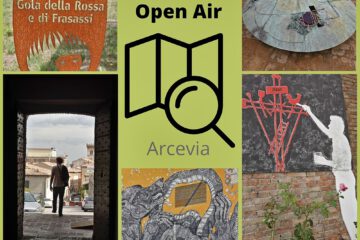
0 Comments